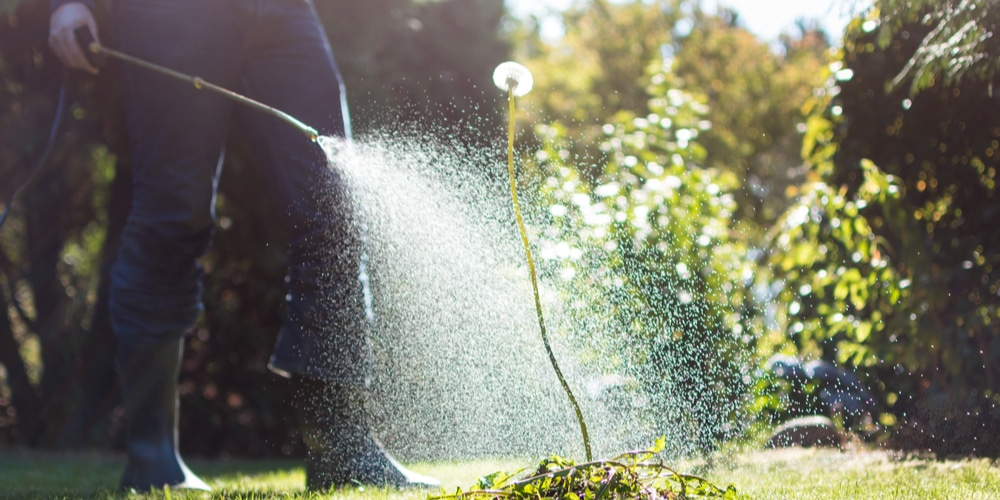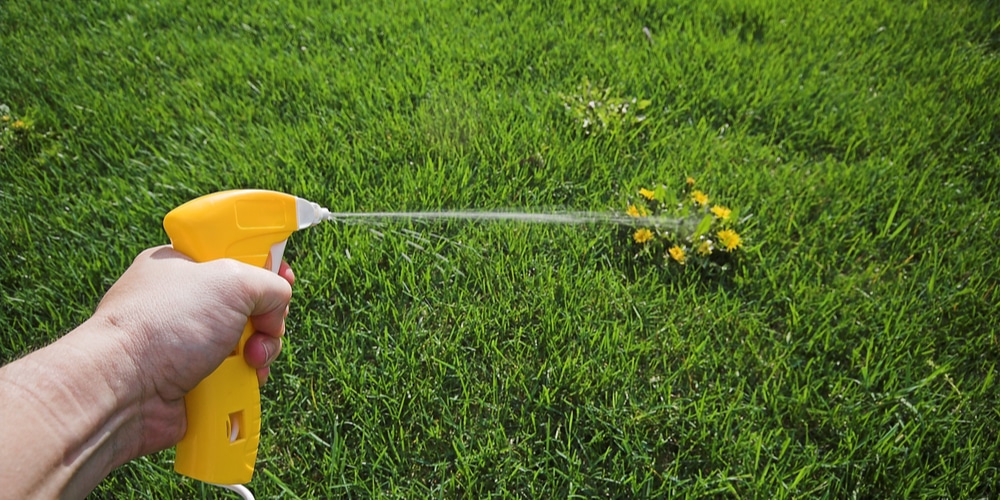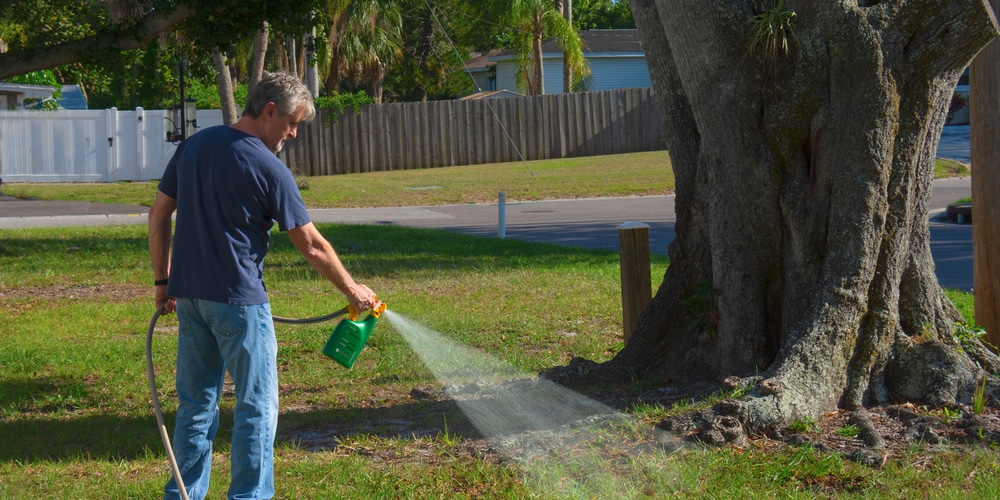If you have an established lawn that you want to rid of weeds, you may have considered using 2,4-D. However, before using any herbicide, you should be aware of its effects on your plants. You may be wondering, ‘will 2-4-d kill my flowers?’
In this article, we will discuss what 2,4-D is and its common uses before exploring its effects on flowers. Once you’re done reading this article, it should be clear to you whether 2,4-D has the potential to kill your flowers.
That way, it will be easier to make the decision of whether or not to use this herbicide.
What is 2,4-D?

2,4-Dichlorophenoxyacetic acid (usually shortened to 2,4-D) is an herbicide that was first developed in the 1940s. It is commonly used to control weeds in agricultural fields and lawns. 2,4-D is a selective herbicide, meaning that it only kills certain plants.
It works by causing the cells of the target plant to divide in an uncontrolled manner. As a result, the target plant will experience stimulated growth, but since that will consume a lot of energy, the plant will exhaust its energy at some point and eventually die out.
2,4-D is mainly used to target broadleaf weeds, but the caveat is that it attacks virtually every non-grass plant that it lands on. For this reason, you’d not want to use this herbicide close to desirable plants such as flowers, as they would likely be killed as well.
Common uses for 2,4-D

2,4-D is used in both home and agricultural settings. It is one of the most popular herbicides in the world because it is relatively inexpensive and effective at killing weeds.
It’s mainly used to keep lawns and turf as clean as possible by eliminating dandelion, white clover, and other aesthetically undesirable plants. It can also be used in regulating the growth of citrus plants.
The following are some of the plants that would die from exposure to 2,4-D:
A variety of weeds including clover, dandelion, chickweed, plantain, and ground ivy
- Trees (both evergreen and broadleaf)
- Vegetable plants
- Flowering and ornamental plants
- Some grasses such as centipede grass
- Shrubs and bushes
- Vines
When using 2,4-D, therefore, you’d have to be careful as to not let the herbicide drift and come into contact with your flowers.
Will 2-4-d kill my flowers?
Flowers are particularly susceptible to the effects of 2,4-D because they are not grasses. The herbicide will quickly kill any flowers that it comes into contact with.
If you have 2,4-D on your hands and accidentally touch your flowers, it’s probable that they will die. If you spray your lawn with 2,4-D and some of the herbicide drifts over to your flower bed, the flowers in that bed might end up dying.
In short, you should avoid using 2,4-D anywhere near your flowers if you want to keep them alive.
What should you do once your flowers have been exposed?
If your flowers have been exposed to 2,4-D, there is not much that you can do to save them. You might be able to wash the herbicide off of the flowers if they have only been lightly exposed. However, if they have been heavily exposed, it’s almost guaranteed that they will die.
When trying to wash off the herbicide in an attempt to save your flowers, time will be crucial. You will need to act quickly and try to remove as much of the herbicide as possible. That’s in consideration that the herbicide will start to enter the leaves in probably less than an hour.
If you’re not able to save your flowers, you can always get rid of the dead plants and replant new ones in their place.
The best course of action when it comes to protecting your flowers is to prevent the exposure in the first place by avoiding the use of 2,4-D in areas where your flowers are present.
Will 2-4-d kill my flowers? Conclusion
2,4-D is a popular herbicide that is used to kill weeds. However, the herbicide also has the potential to kill flowers. For this reason, you should be careful when using 2,4-D and make sure that the herbicide does not come into contact with your flowers.
Related article: Weed Killer For Bermuda Grass
